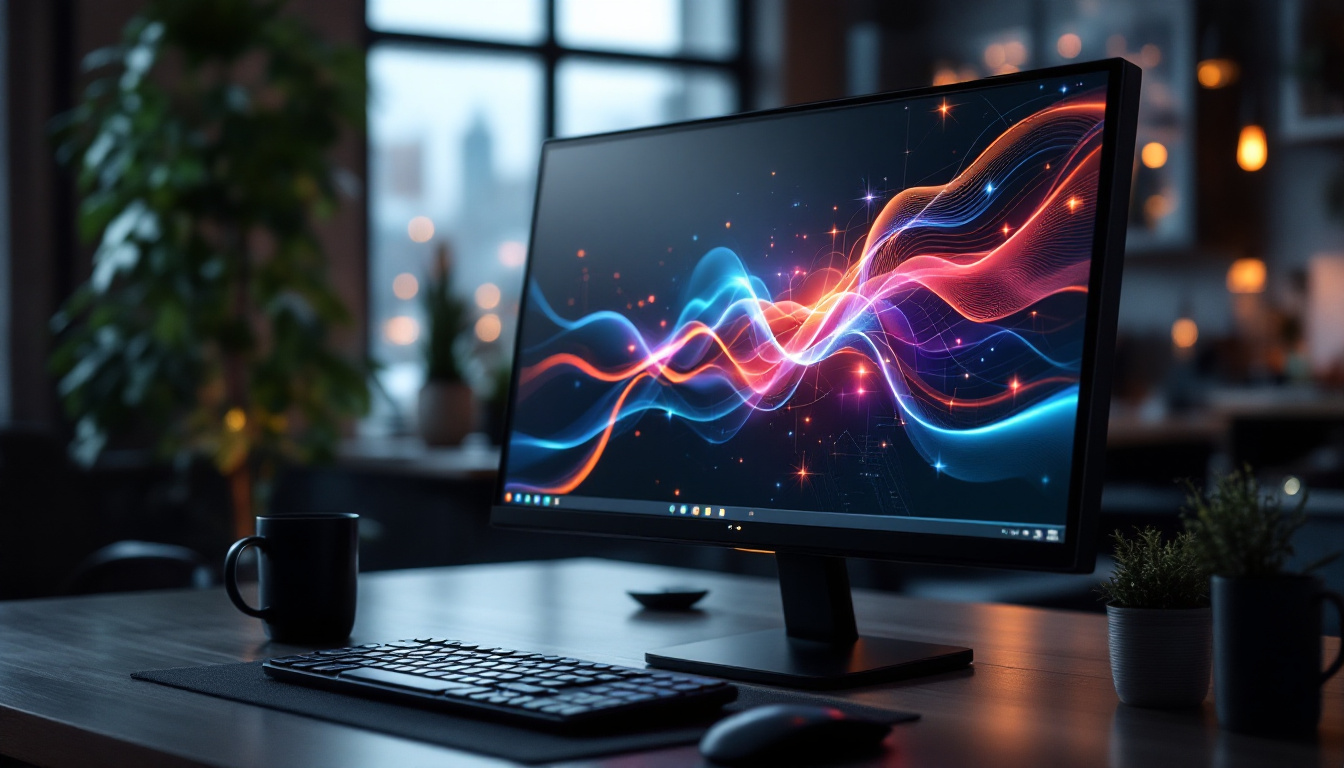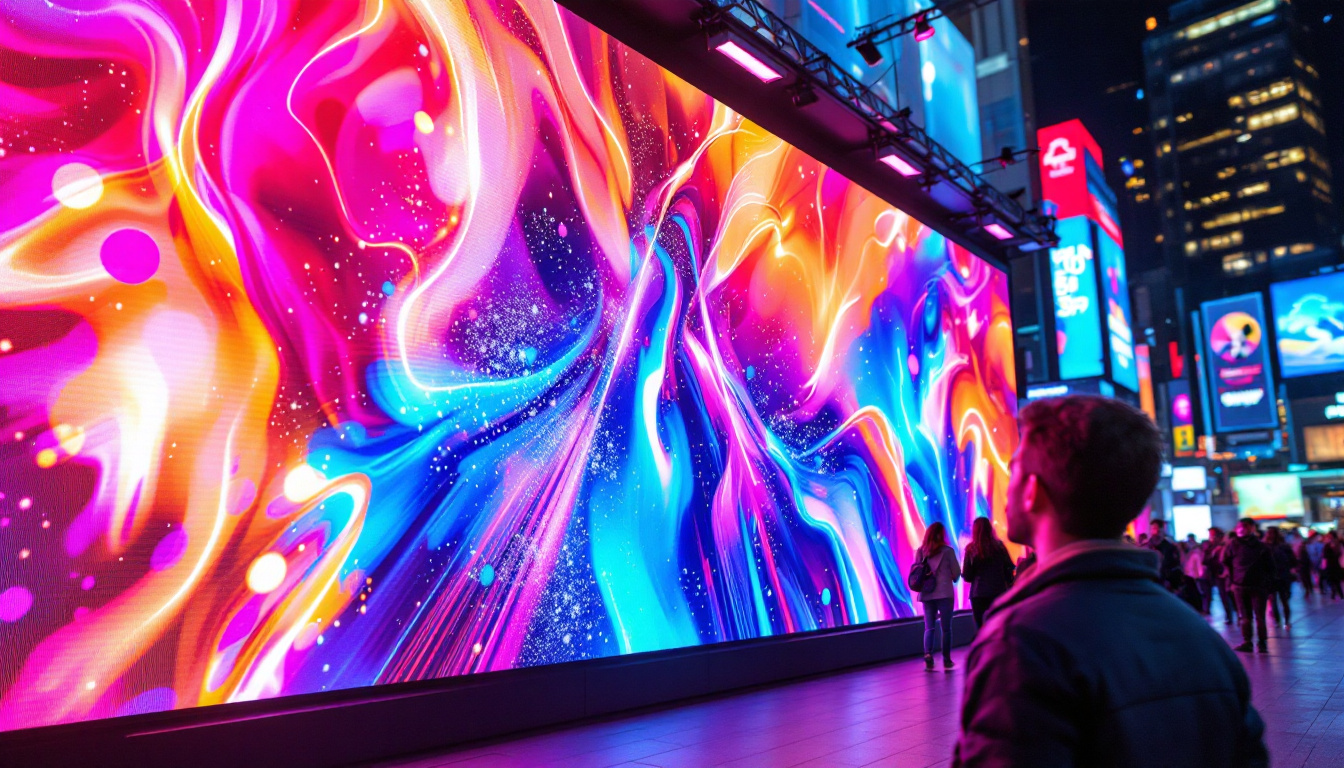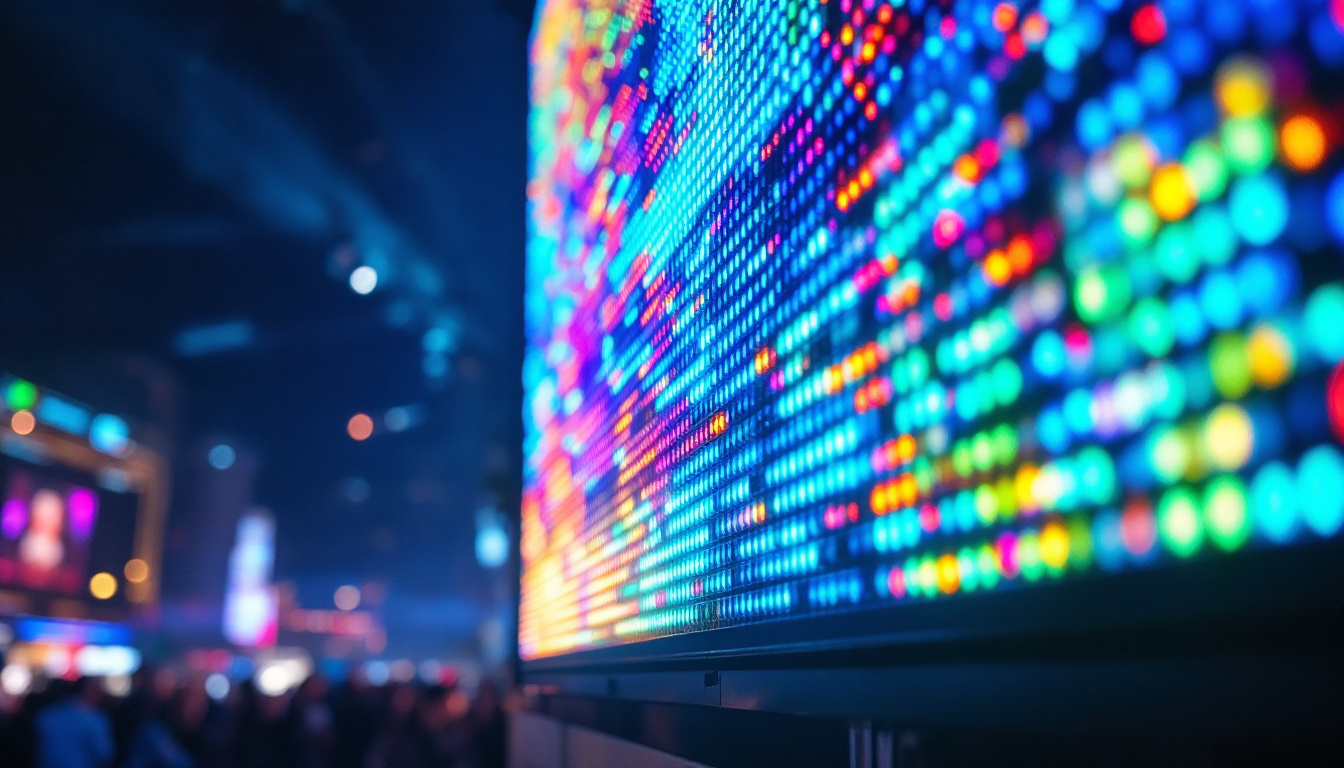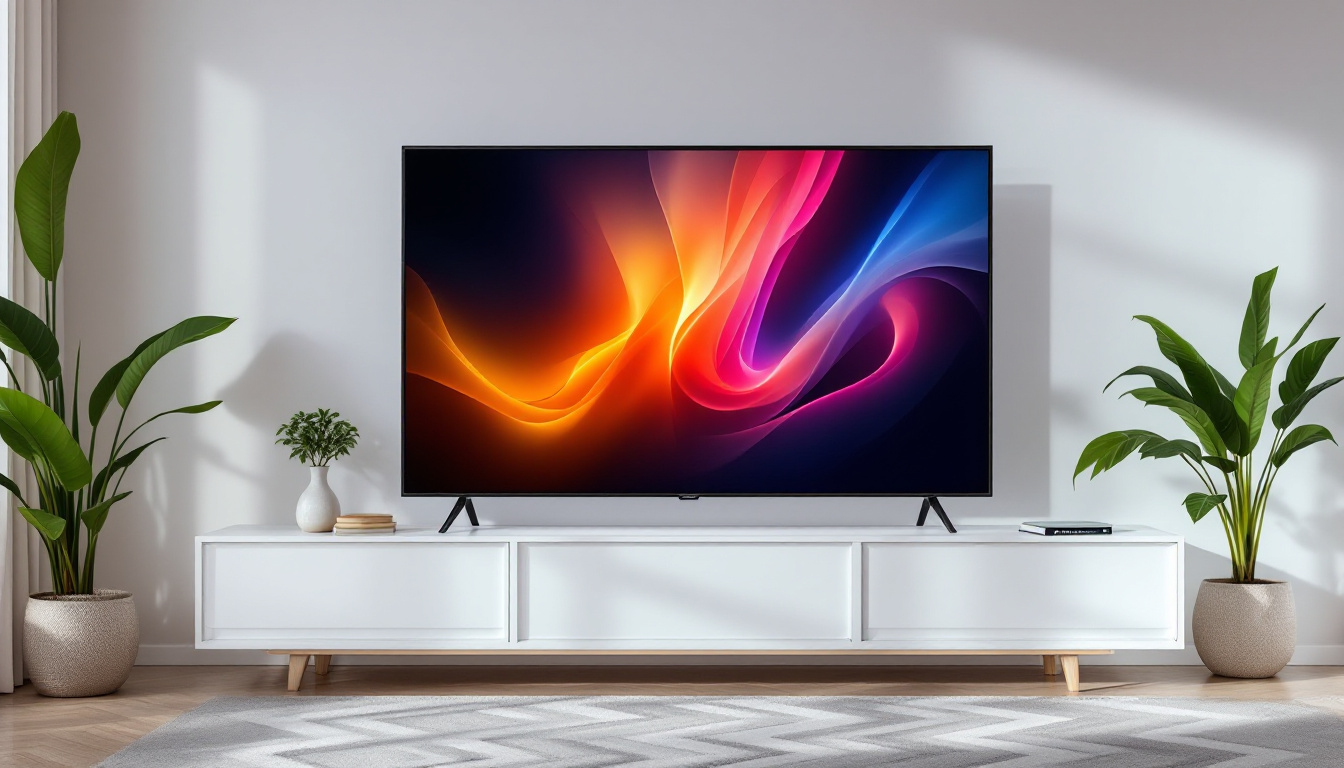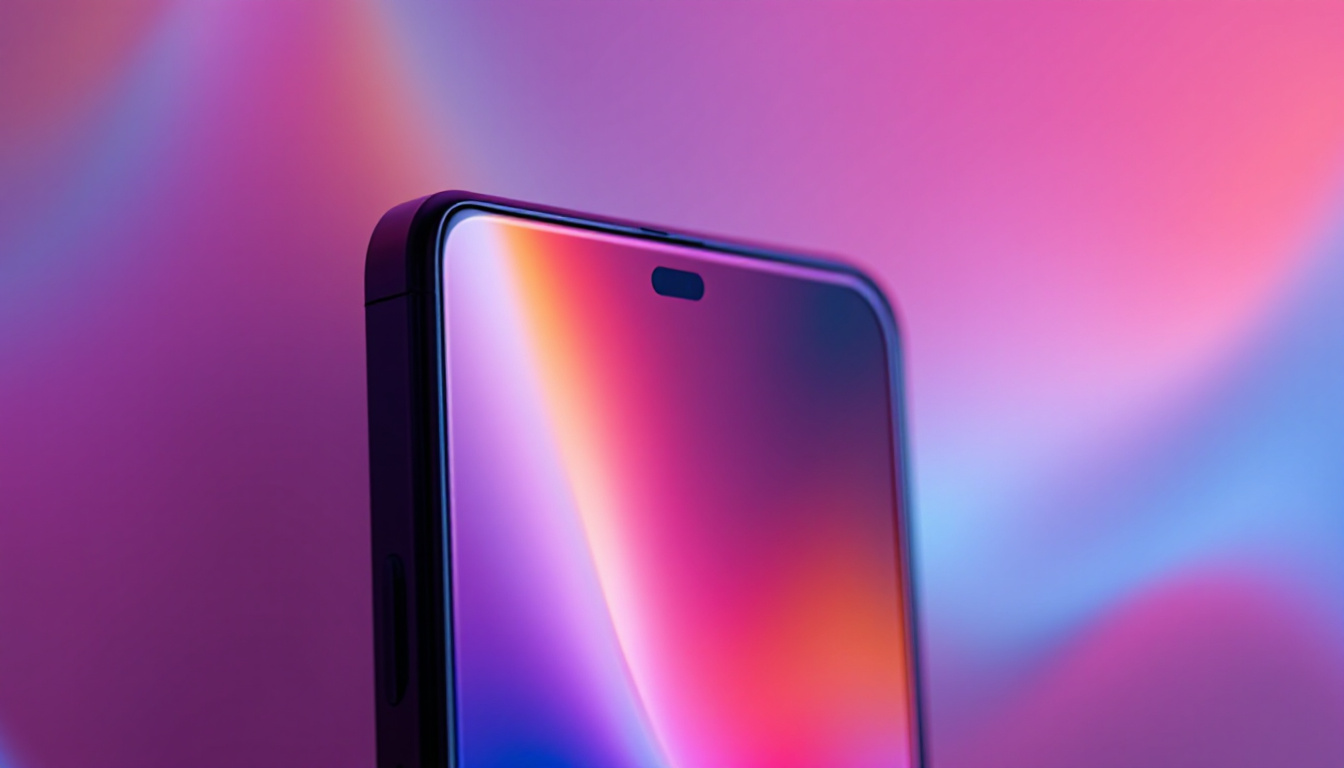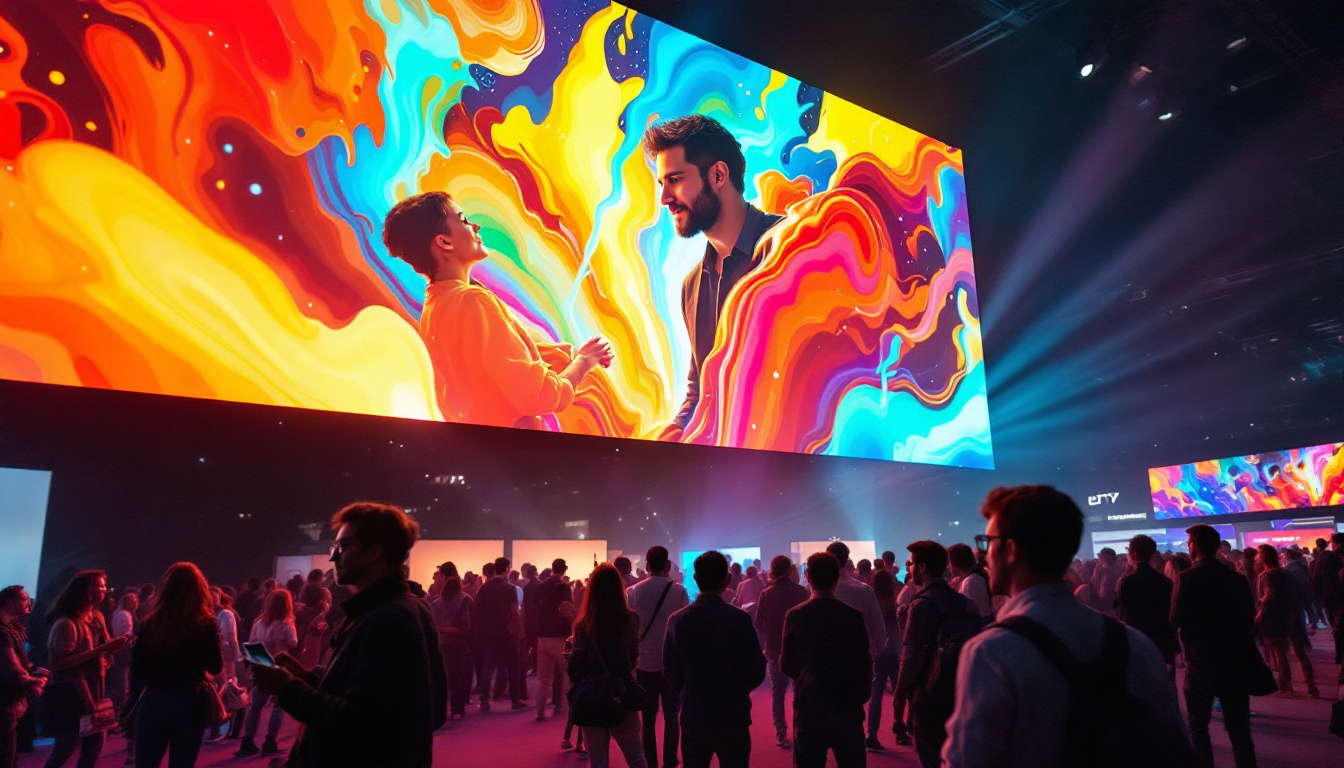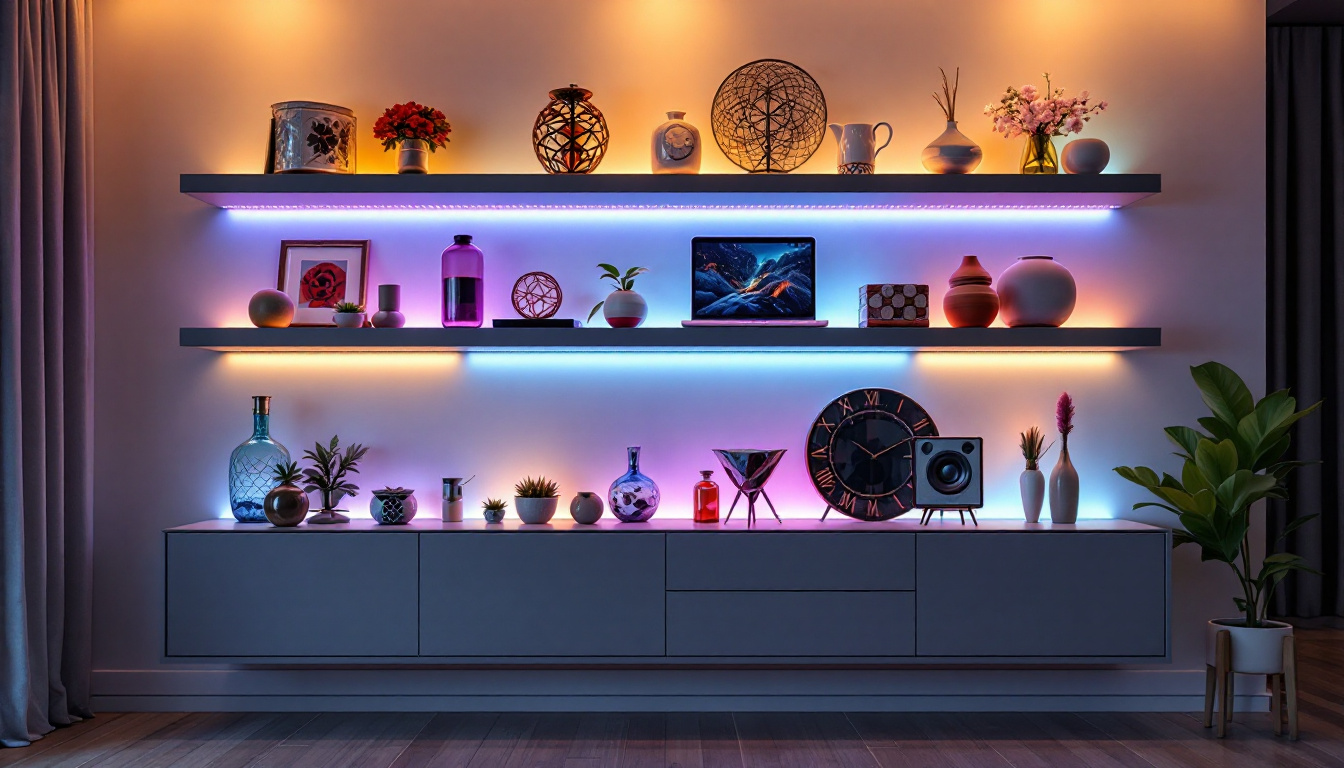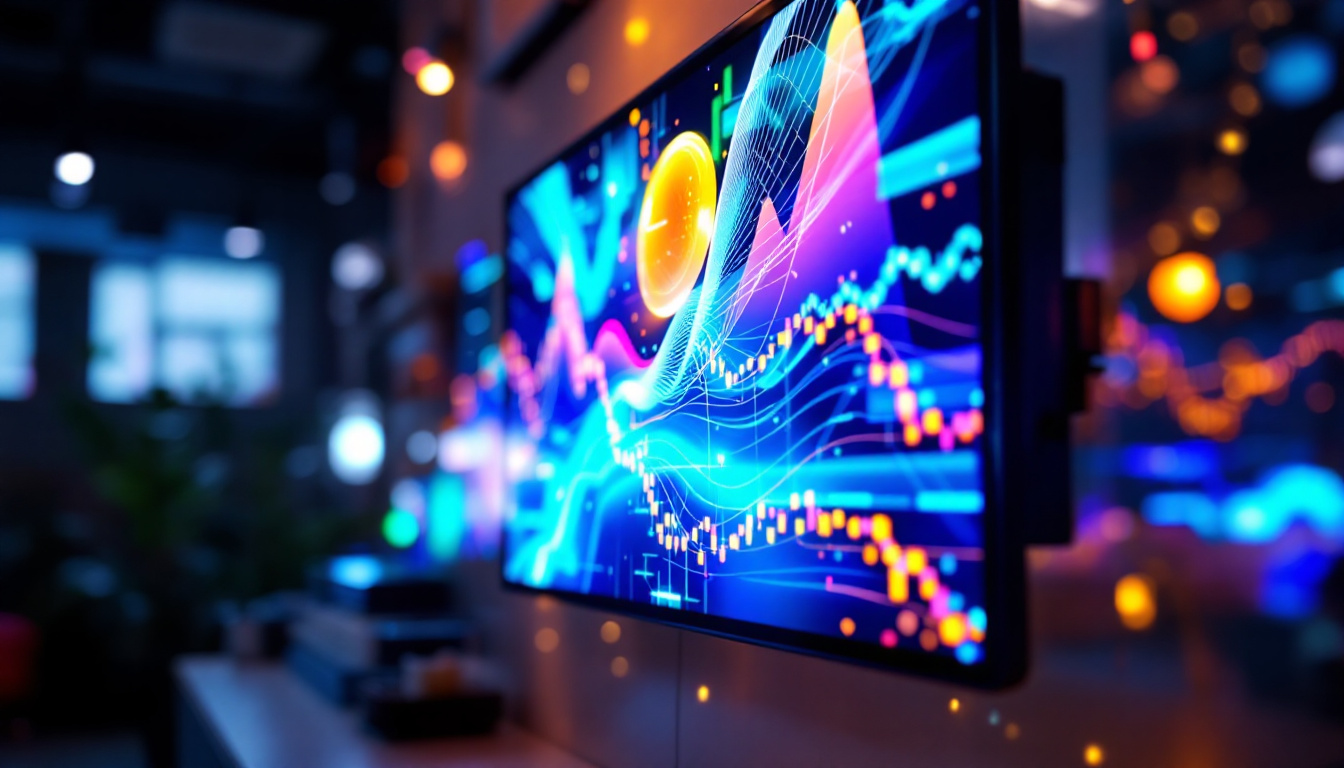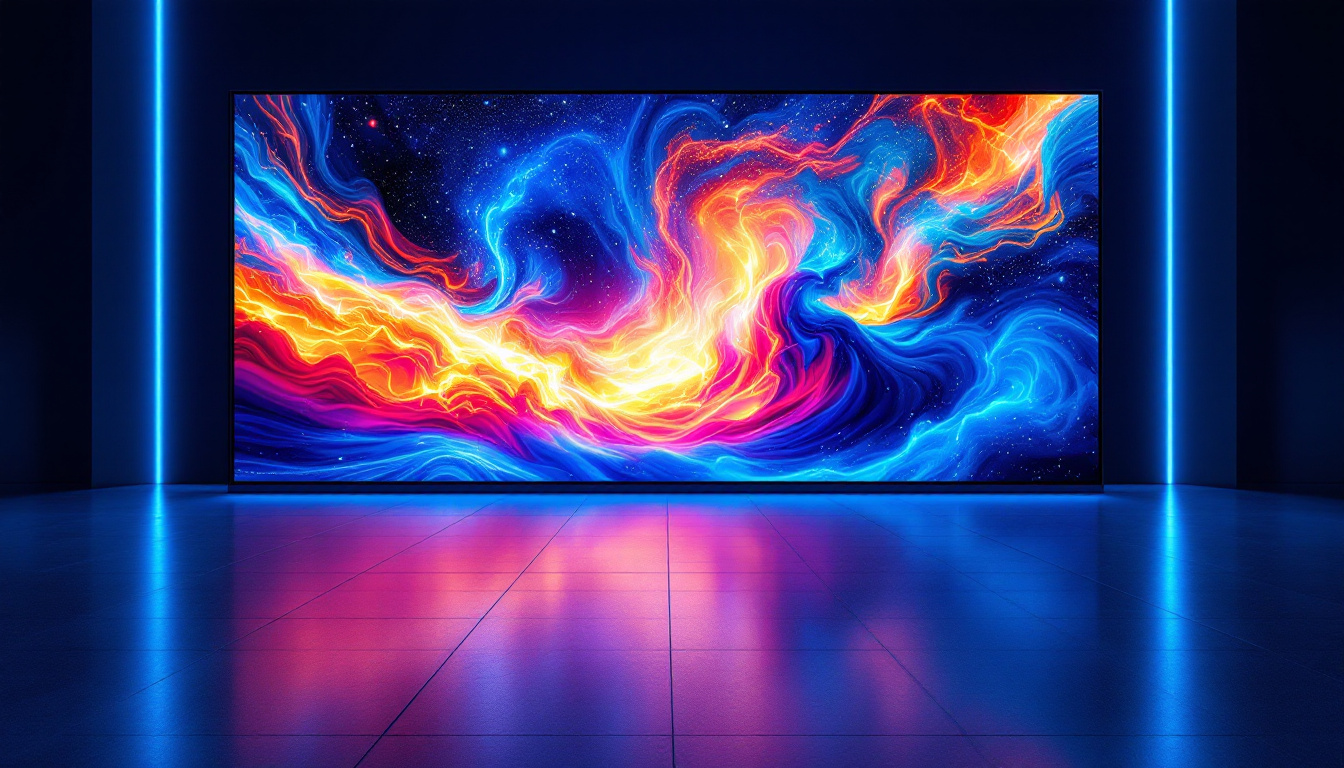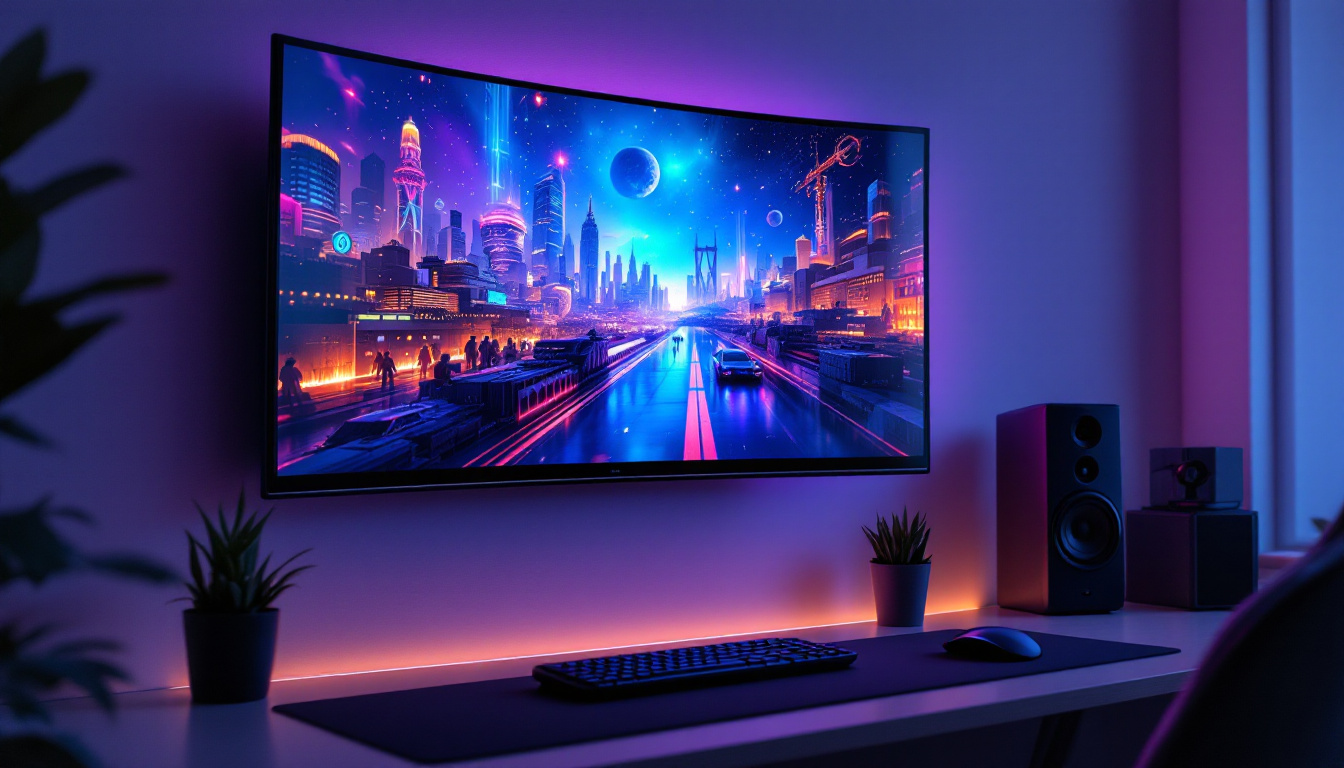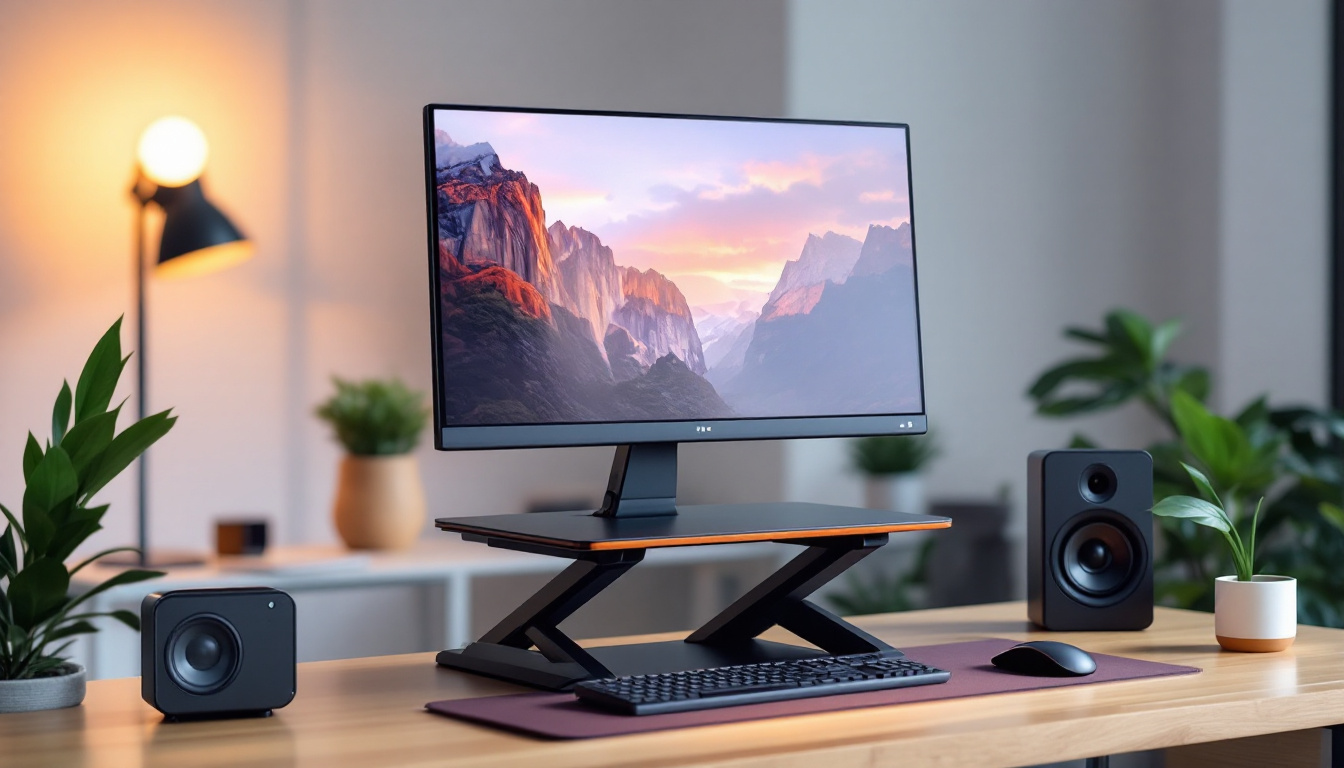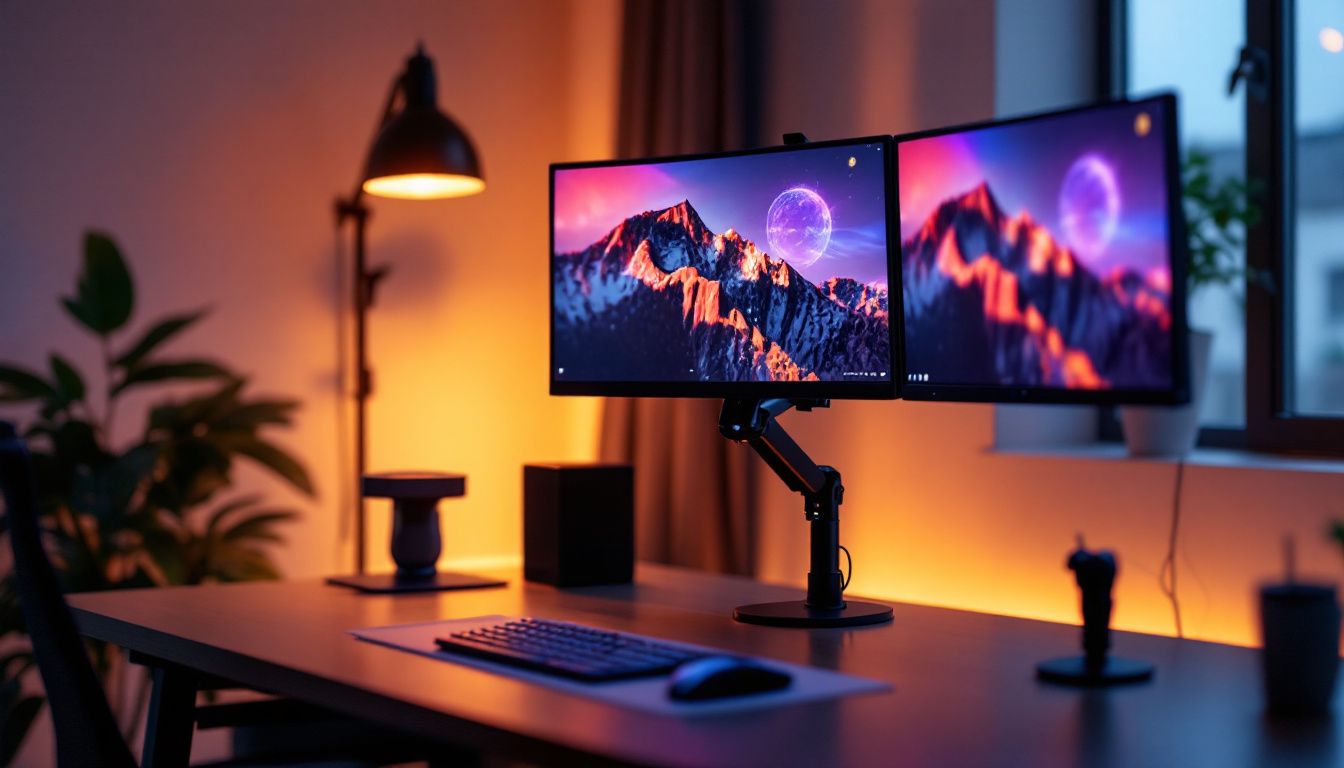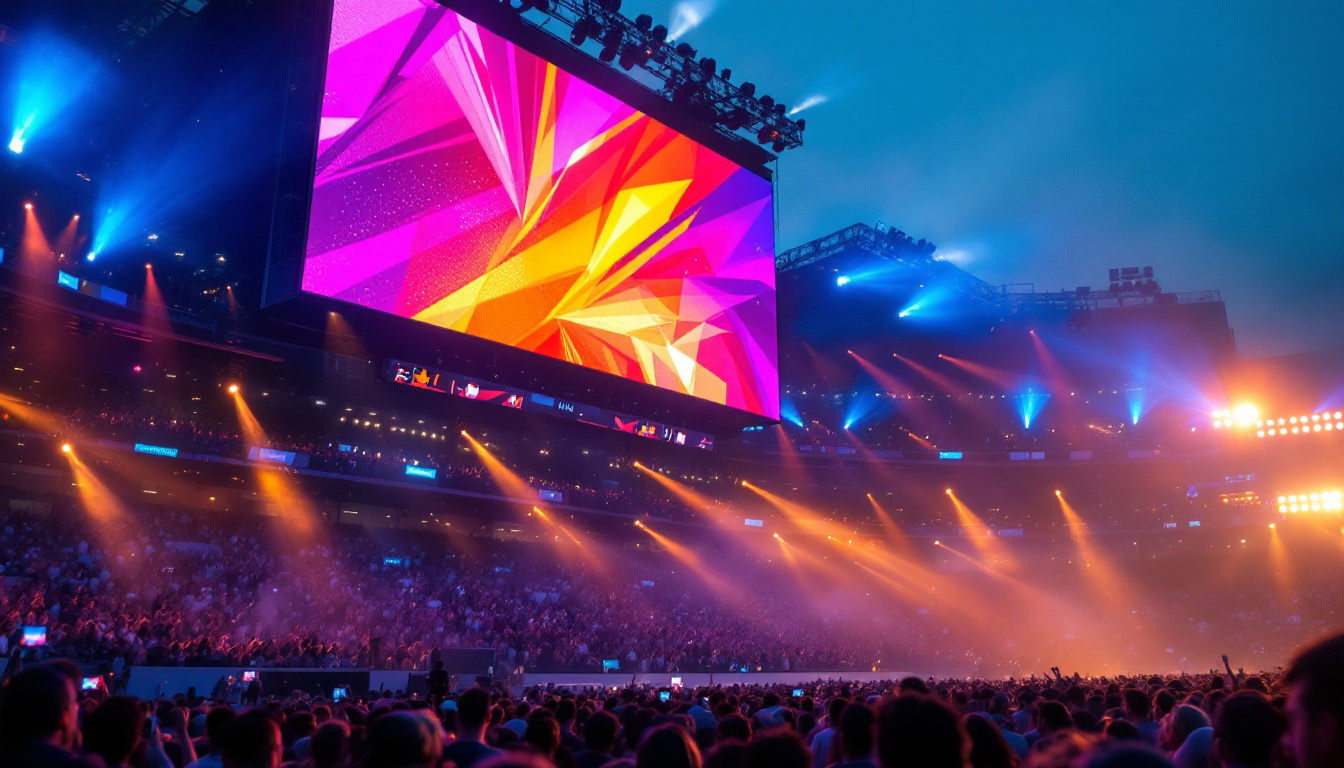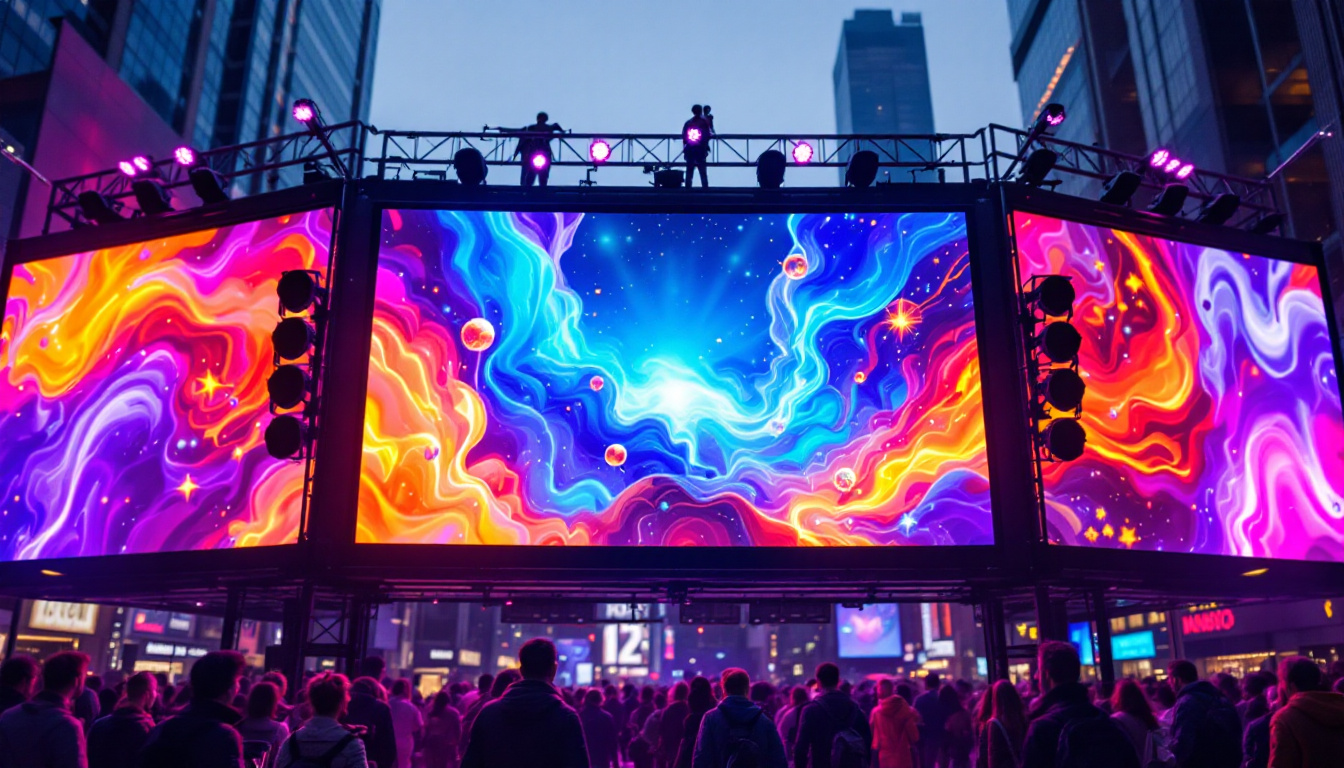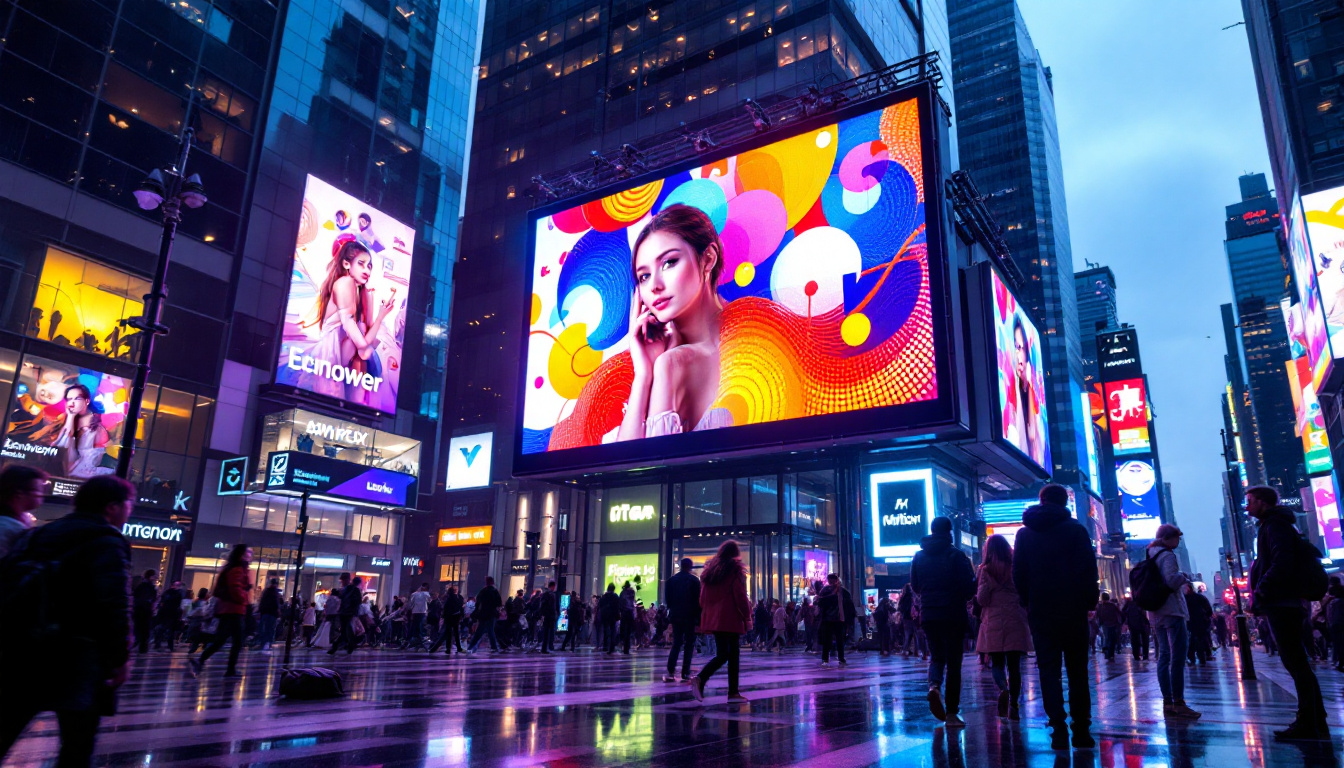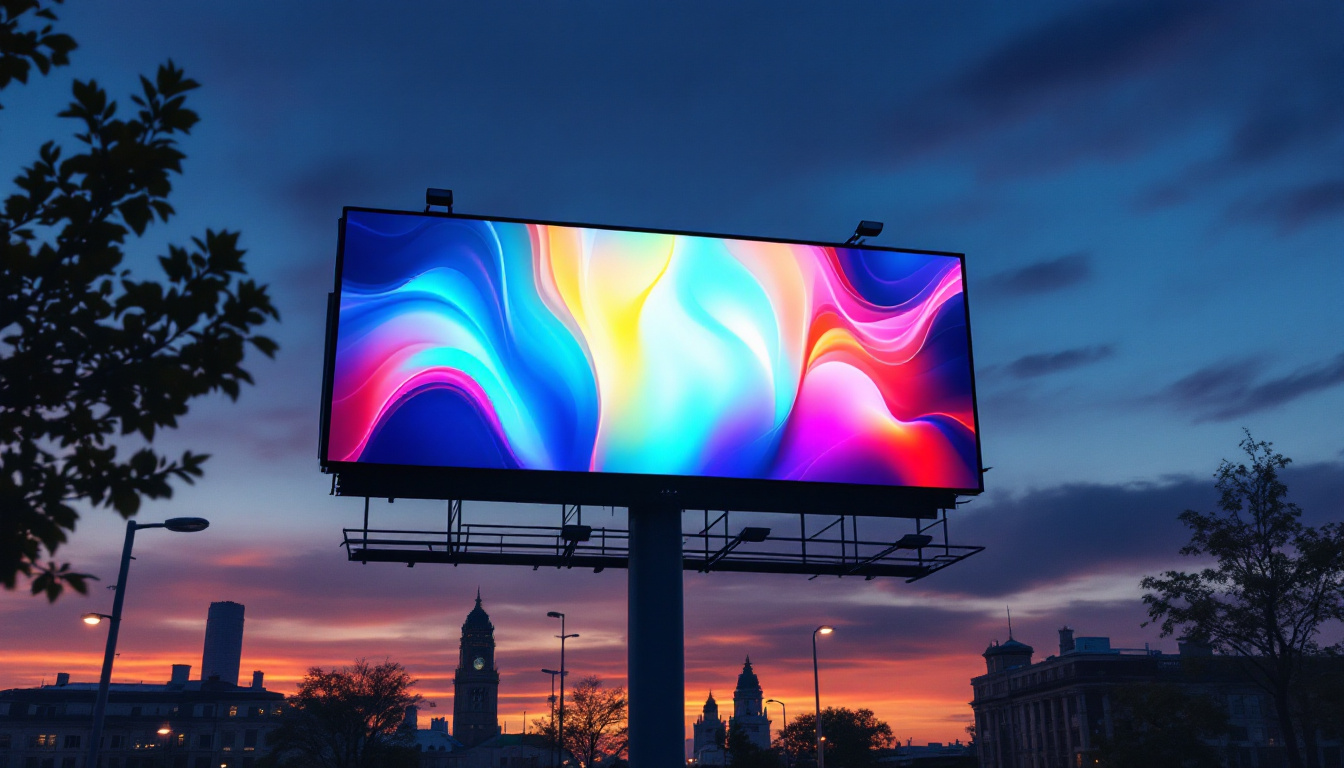In an age where digital screens dominate our daily lives, understanding how to adjust and optimize these displays is crucial. Whether for work, entertainment, or communication, the brightness of a screen can significantly affect visibility and comfort. This article delves into the mechanics of LED displays, how to brighten them, and the implications of brightness settings on your viewing experience.
Understanding LED Displays
LED, or Light Emitting Diode, displays have become the standard in modern screen technology. They are known for their vibrant colors, energy efficiency, and superior brightness compared to traditional LCD screens. But what exactly makes LED displays tick?
The Basics of LED Technology
At its core, an LED display uses a series of tiny diodes that emit light when an electric current passes through them. This technology allows for precise control over brightness and color, enabling screens to produce a wider range of hues and deeper blacks. Unlike older technologies, which relied on backlighting, LED displays can achieve higher brightness levels while consuming less power. The innovation behind LED technology has also led to the development of various applications, from large outdoor billboards to small screens in smartphones, showcasing its versatility and adaptability in different environments.
Types of LED Displays
There are several types of LED displays, including OLED (Organic LED) and QLED (Quantum Dot LED). OLED screens offer exceptional contrast and color accuracy because each pixel emits its own light. This means that when a pixel is turned off, it produces true black, which enhances the overall image quality. On the other hand, QLED screens utilize quantum dots to enhance brightness and color performance, making them particularly effective for displaying vivid images in brightly lit rooms. Additionally, MicroLED technology is emerging as a game-changer, promising even greater efficiency and flexibility, as it combines the best features of OLED and traditional LED displays while eliminating some of their drawbacks.
Advantages of LED Displays
LED displays are favored for their energy efficiency, longevity, and ability to produce bright images in various lighting conditions. They are also lighter and thinner than traditional screens, making them ideal for portable devices. The rapid response time of LEDs enhances the viewing experience, especially for fast-paced content like gaming or sports. Furthermore, the durability of LED displays means they are less susceptible to damage from impacts or environmental factors, making them a reliable choice for both indoor and outdoor use. With advancements in technology, LED displays are also becoming more affordable, allowing consumers to enjoy high-quality visuals without breaking the bank.
Why Brightness Matters
Brightness is a critical factor in screen performance. A well-lit display enhances visibility, reduces eye strain, and improves color accuracy. Understanding how to adjust brightness settings can lead to a more comfortable and enjoyable viewing experience.
Impact on Eye Health
Prolonged exposure to screens at inappropriate brightness levels can lead to eye strain and discomfort. Too dim a display may force users to squint, while excessive brightness can cause glare. Finding a balance is essential for maintaining eye health, especially for individuals who spend long hours in front of screens. Furthermore, the blue light emitted from screens can disrupt sleep patterns, making it even more crucial to manage brightness levels effectively, particularly in the evening. Incorporating features like blue light filters or night mode can also help mitigate these effects, promoting better sleep hygiene.
Influence on Battery Life
For portable devices, screen brightness has a direct impact on battery life. Higher brightness settings consume more power, leading to quicker battery depletion. Users should consider adjusting brightness based on their environment and usage patterns to optimize battery performance. Additionally, many smartphones and laptops now come equipped with adaptive brightness features that automatically adjust the screen’s brightness based on ambient light conditions. This not only helps conserve battery life but also ensures that the display remains comfortable to view in varying lighting situations.
Enhancing Visual Quality
Brightness settings can dramatically affect the visual quality of images and videos. A screen set too low may wash out colors, while a screen set too high can create an unnatural look. Adjusting the brightness according to the content being viewed can enhance the overall experience. For instance, watching a movie in a dark room may require a lower brightness setting to create a more immersive atmosphere, while editing photos may benefit from a brighter display to accurately assess color tones. Understanding the nuances of brightness adjustment can significantly elevate the quality of visual media consumption, allowing users to appreciate the finer details in their favorite content.
How to Brighten Your Screen
Adjusting screen brightness varies depending on the device and operating system. Below are common methods for brightening screens on various platforms.
Adjusting Brightness on Windows
For Windows users, adjusting screen brightness is straightforward. Simply click on the notification icon in the taskbar, and a brightness slider will appear. Dragging the slider to the right increases brightness. Alternatively, users can go to Settings > System > Display, where they can find additional options for brightness adjustment. Windows also offers a feature called “Night Light,” which can be enabled to reduce blue light emission and make the screen easier on the eyes during evening hours. This can be particularly useful for those who work late or enjoy browsing before bed, as it helps to minimize disruption to sleep patterns.
Adjusting Brightness on macOS
Mac users can easily adjust brightness using the keyboard. Most Mac keyboards have dedicated brightness keys (usually represented by a sun icon). Pressing these keys will increase or decrease brightness. Additionally, users can navigate to System Preferences > Displays to find a brightness slider. For those who prefer a more automated approach, macOS includes an “Automatically adjust brightness” feature, which uses the ambient light sensor to modify screen brightness based on surrounding light conditions. This not only enhances visibility but also helps in conserving battery life on MacBooks, making it a practical choice for users on the go.
Adjusting Brightness on Mobile Devices
On mobile devices, brightness can typically be adjusted through the settings menu or quick access panels. For iOS devices, swipe down from the top-right corner to access the Control Center and adjust the brightness slider. Android devices may vary, but generally, swiping down from the top of the screen reveals a similar brightness slider. Additionally, many mobile devices now offer adaptive brightness settings, which automatically adjust the screen brightness based on the current lighting conditions. This feature can be particularly beneficial when transitioning between different environments, such as moving from a bright outdoor setting to a dimly lit room, ensuring optimal visibility without manual adjustments.
Advanced Brightness Settings
Beyond basic adjustments, many devices offer advanced settings that can enhance brightness control. These features allow users to tailor their display experience further.
Adaptive Brightness
Adaptive brightness is a feature available on many modern devices that automatically adjusts screen brightness based on ambient light conditions. This technology uses sensors to detect the surrounding light and adjusts the display accordingly. Enabling adaptive brightness can help maintain comfortable viewing levels without manual adjustments.
Night Mode and Blue Light Filters
Many devices now include night mode or blue light filters, which reduce the amount of blue light emitted by the screen. This feature can make viewing more comfortable in low-light conditions and can help reduce eye strain. While this may not directly brighten the screen, it can enhance the overall viewing experience during nighttime use.
Third-Party Applications
For users seeking more control over their display settings, numerous third-party applications can provide advanced brightness and color adjustments. These applications often include features such as custom profiles for different lighting conditions and enhanced color calibration tools.
Common Issues with Screen Brightness
While adjusting screen brightness is typically straightforward, users may encounter common issues that can complicate the process. Understanding these problems can help in finding effective solutions.
Screen Flickering
Screen flickering can occur when brightness settings are adjusted too rapidly or when there is a compatibility issue with the display driver. If flickering is noticed, it may be beneficial to update the graphics drivers or check for any software conflicts. Reducing the brightness incrementally can also help alleviate this issue.
Brightness Not Adjusting
Sometimes, users may find that their brightness settings do not respond as expected. This can be due to a malfunctioning sensor, outdated drivers, or software glitches. Restarting the device or checking for updates can often resolve these issues. In some cases, resetting display settings to default may also help.
Inconsistent Brightness Across Applications
Inconsistent brightness levels across different applications can be frustrating. Some applications may have their own brightness settings that override system settings. Checking the individual application settings and adjusting them accordingly can help achieve a more uniform brightness across all platforms.
Conclusion
Understanding how to brighten your screen effectively is essential for optimizing your digital experience. With the right knowledge of LED technology and brightness settings, users can enhance visibility, reduce eye strain, and improve overall comfort. Whether through basic adjustments or advanced features, taking the time to tailor screen brightness can lead to a more enjoyable and productive interaction with technology.
As screens continue to evolve, staying informed about their capabilities and settings will empower users to make the most of their devices. Whether for work, leisure, or communication, a well-adjusted screen can make all the difference in the digital age.
Discover Brighter Possibilities with LumenMatrix
Ready to take your visual experience to the next level? LumenMatrix is at the forefront of LED display innovation, offering a wide range of solutions to brighten your world. From Indoor and Outdoor LED Wall Displays to specialized options like Vehicle, Sports, and Floor LED Displays, our products are designed to captivate and engage. Embrace the future of visual communication with our Custom, All-in-One, and Transparent LED Displays that promise to transform your space and message. Check out LumenMatrix LED Display Solutions today and see how we can illuminate your brand and create unforgettable visual experiences.



